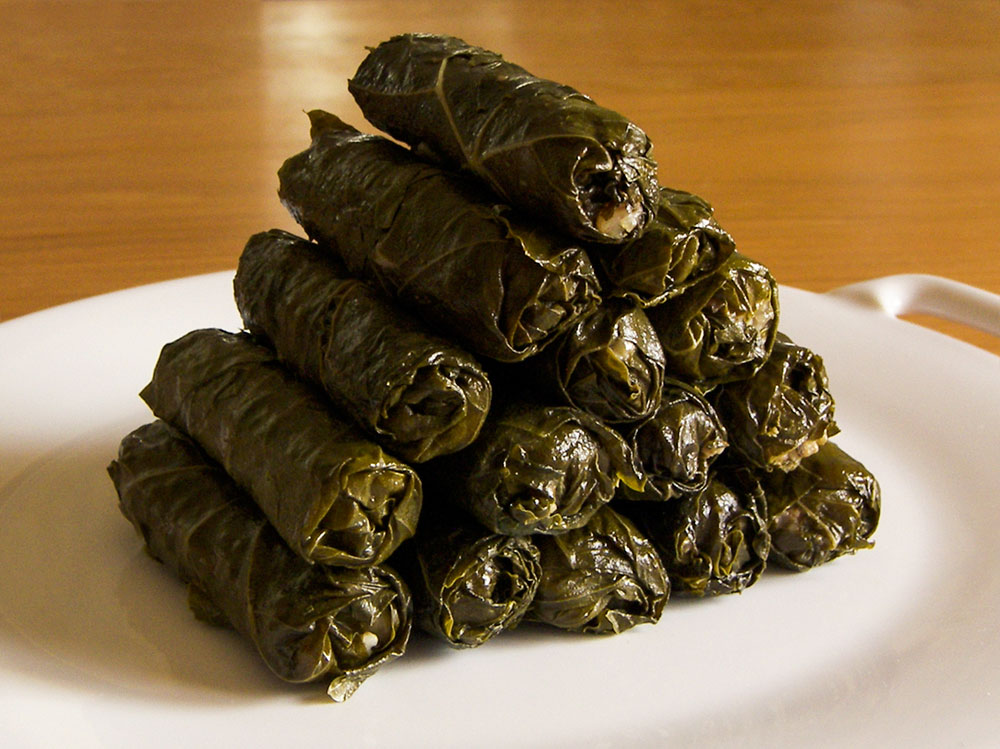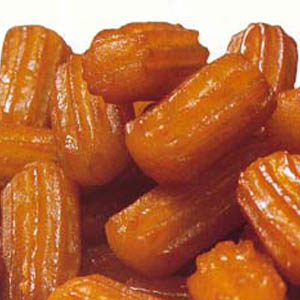Ekmek kadayıfı, ekmek kataif, ekmek kataifi (Turkish: ekmek kadayıfı) is a Turkish bread pudding dessert, also found in Greece and called εκμέκ κανταΐφι (ekmek kadaifi) or simply εκμέκ ekmek. It is usually served with kaymak, a kind of clotted cream.
In Turkey, it is considered to originate in Afyonkarahisar.















